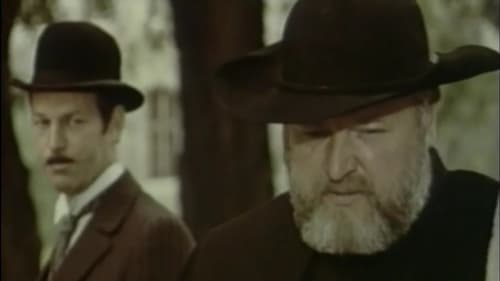
Director
Two POWs - Russian and Lithuanian - are trying to escape a German Camp during WWII.

Director
Alyoshin, a Soviet journalist working in Argentina, witnessed the kidnapping of photo correspondent.

Editor

Director
Facts is a dramatization of a massacre in a Lithuanian village during World War II when Nazis rounded up over 100 men, women, and children accused of partisan activity and then torched the houses in which they were held. Using Russian interrogations of a few survivors, the testimony of villagers, and some of the Germans responsible for the killing, the film gradually reconstructs the event and its context.

Director
A classic mystery based on "The Face in the Target" story by G.K. Chesterton.

Director

Director
Story about artist caught up in summer love triangle.

Writer
The centerpiece of A. Grikevicius's film is Tomas Petreikis, the chief engineer of the machine factory in Kaunas F. Dzeržinskis. Rather than creating a regular, conjunctural narrative about the hero of socialist work that exceeds production norms, the director captures another personality of his film's hero. After work, Tom is an entertaining dancer, teacher and contest judge. "Construction and dancing? No, they don't not have any relation," T. Petreikis answers the question posed by the journalist. However, the film observes the parallels that reveal the precision of the constructor-dancer, the perfection of the goal, both by controlling the work of the machine tools and by teaching pairs of dancers to rotate on the parquet, imply another answer.

Director
The centerpiece of A. Grikevicius's film is Tomas Petreikis, the chief engineer of the machine factory in Kaunas F. Dzeržinskis. Rather than creating a regular, conjunctural narrative about the hero of socialist work that exceeds production norms, the director captures another personality of his film's hero. After work, Tom is an entertaining dancer, teacher and contest judge. "Construction and dancing? No, they don't not have any relation," T. Petreikis answers the question posed by the journalist. However, the film observes the parallels that reveal the precision of the constructor-dancer, the perfection of the goal, both by controlling the work of the machine tools and by teaching pairs of dancers to rotate on the parquet, imply another answer.

Director
Film - Reflection. The characters are the people who survived the war, the horror of the fascist concentration camps and the danger of suffocation, as well as those whose parents past is known only theoretically

Director
Film, based on a story by Latvian novelist Egons Līvs, focuses on the resolve of a human being and the whole Lithuanian nation in the face of cataclysmic events to find the time and room for simple emotions. The film depicts a chaotic period through the relationship of the two brothers, one dedicated to his family and conscience; the other dedicated to a political ideal. These divided brothers can be read as a representation of a country torn in two, of a history rudely divided. Lithuania has a history of occupation and the struggle to survive is as much personal as it is cultural.

Writer
The main hero of this film is the city of Vilnius. Vilnius is also a metaphor for the historicity of Lithuania. However, this film is unique not only for its cinematographic historical reflections on the statehood of Lithuania; it also reveals the history of cinema, encompassing both Russian (Soviet) montage techniques and the first traces of cinéma-vérité in Lithuanian cinema.

Director
The main hero of this film is the city of Vilnius. Vilnius is also a metaphor for the historicity of Lithuania. However, this film is unique not only for its cinematographic historical reflections on the statehood of Lithuania; it also reveals the history of cinema, encompassing both Russian (Soviet) montage techniques and the first traces of cinéma-vérité in Lithuanian cinema.







